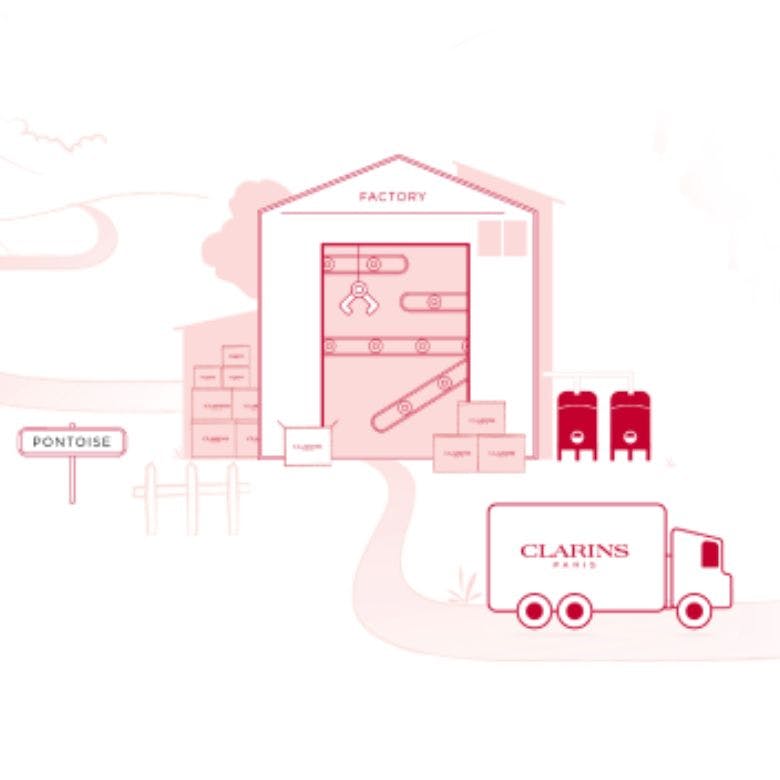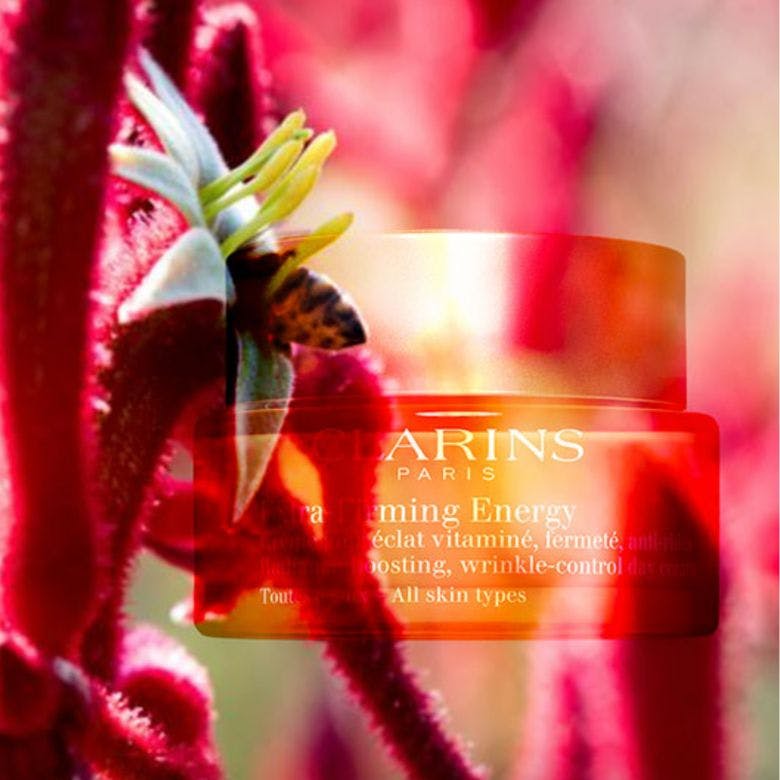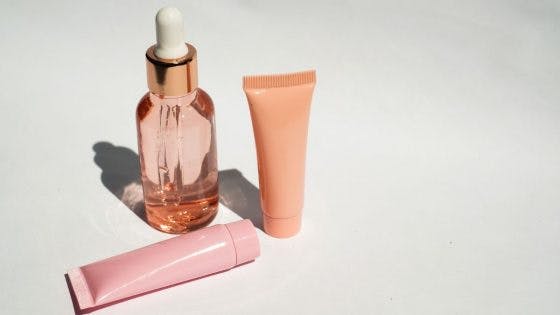Is Ingredient Tracing The Future Of Beauty?
4 minutes read
Do you really know where your skincare ingredients come from? By that, we’re not just talking about which country your face oil was produced in, or the plant that the key ingredient in your favourite cleanser derives from. We’re focusing on how the ingredients in your skincare are sourced, produced and harvested — and whether this is done ethically and with kindness to the environment.
You might hear the word ‘organic’, ‘green’ or ‘natural’ and automatically presume that you’re using a product that’s squeaky clean when it comes to all of the above, but finding out for sure can be difficult. The solution? Tracing your skincare ingredients. While the process might seem lengthy and more hassle than just picking a product from a shelf, if you want to become more conscious of the story behind what you’re using for a totally guilt-free experience, tracing is a good place to start.

What do we mean by ingredient tracing?
You may have heard the word ‘clean’ being thrown around a lot on the beauty scene. But what does it mean? Put simply, products that are truly ‘clean’ contain ingredients which have been harvested without harming the environment — or any humans, which includes unethical or illegal practices such as child labour, forced work, underpaid labour and inhumane working conditions. The only way to find out for sure is by tracing each ingredient in your skincare back to its origin or sticking to brands that are totally transparent with the ingredients that they use in their products.
One of the most notorious examples of forced and unethical labour (unfortunately, there are many) is with the production of mica in India and Madagascar. 70% of mica is produced in illegal mining forests and abandoned mines where both adults and children are forced to work underground to sort and pick the mineral in order for it to be put into beauty products. You can find mica in everything from lipsticks to eyeshadows, skincare to haircare and beyond. It’s estimated that around 32,000 children across India and Madagascar are working in mica mines — a shocking statistic that would make anyone think twice about buying a product containing mica without knowing its true origin.

How Clarins helps customers to trace ingredients
“We have recently rolled out Clarins TRUST which is a new way to trace ingredients using our packaging,” says Charlotte McHale, Clarins Training Manager. TRUST stands for traceability, responsibility, uniqueness, safety and transparency. “Customers will start to see the TRUST logo on packaging throughout this year and will be able to scan a QR code to see where ingredients are sourced — tracing all the way from farm to bathroom cabinet,” she adds.
At Clarins, traceability is essential to ensure that we are sourcing all ingredients ethically and sustainably. “This is something that we’re so excited to be able to share with our customers. We trace our ingredients using blockchain technology, and customers can currently fully trace 24 products and will be able to trace 100 Clarins products by the end of 2023,” Charlotte explains.
Things to consider when tracing ingredients
It’s important to remember that just because you are able to trace the origin of an ingredient, it doesn’t mean that its sourcing is completely sustainable. Tracing is simply a tool that can be used to make sure that we are as informed as possible on how and where their ingredients are coming from, make better decisions and take more accountability going forward.

Brand transparency with ingredient tracing
There are other beauty brands that are leading the way when it comes to providing complete transparency on the origins of the ingredients that they use. For example, Apoterra is a skincare brand that operates with a batch code system, meaning that customers can input it on the website to check out the complete supply chain of its products.
It’s also important for brands to be aware of how they can improve their traceability, too, and share this with their customers and Flora Lee Naturals does this well. While the brand tries its utmost to ensure that each element of its ingredient sourcing is squeaky clean, they are also clear on where they can improve, such as in the areas of packaging materials and shipping.
Next Read: Reef-Friendly Sunscreen: Why it’s Better For You & The Planet
Sign up for our newsletter
We will keep you in the loop for special offers, exclusive gifts and product news.
Products You Might Like
BEST-SELLER
TOP RATED

